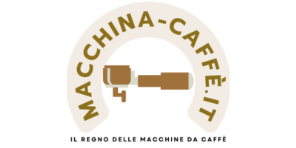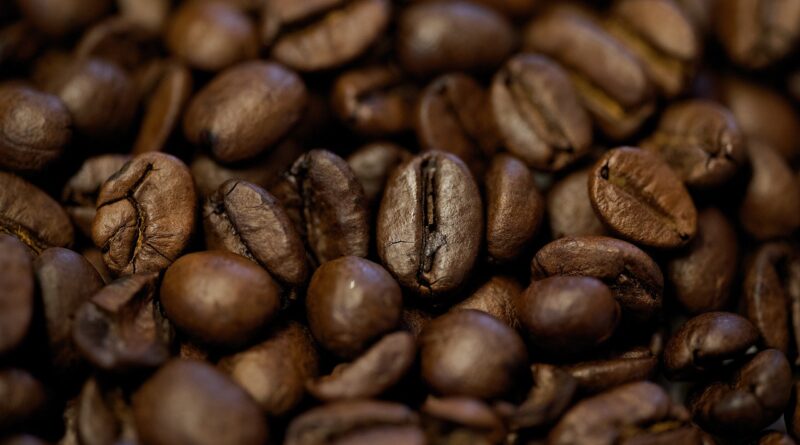Come Si Fa Il Caffè Perfetto?
Vuoi saperne di più su come preparare il caffè perfetto? Sei nel posto giusto! Questo articolo ti guiderà passo dopo passo nella creazione di una bevanda fumante e deliziosa per iniziare al meglio la tua giornata. Dalla scelta dei chicchi, alla macinatura, al metodo di preparazione, scoprirai tutti i segreti per ottenere una tazza di caffè che ti farà innamorare.
Non importa se sei un principiante o un esperto, segui i nostri consigli e sarai in grado di preparare un caffè che soddisferà anche i palati più esigenti. Non vediamo l’ora di condividere queste preziose informazioni con te, quindi preparati a diventare un maestro del caffè!
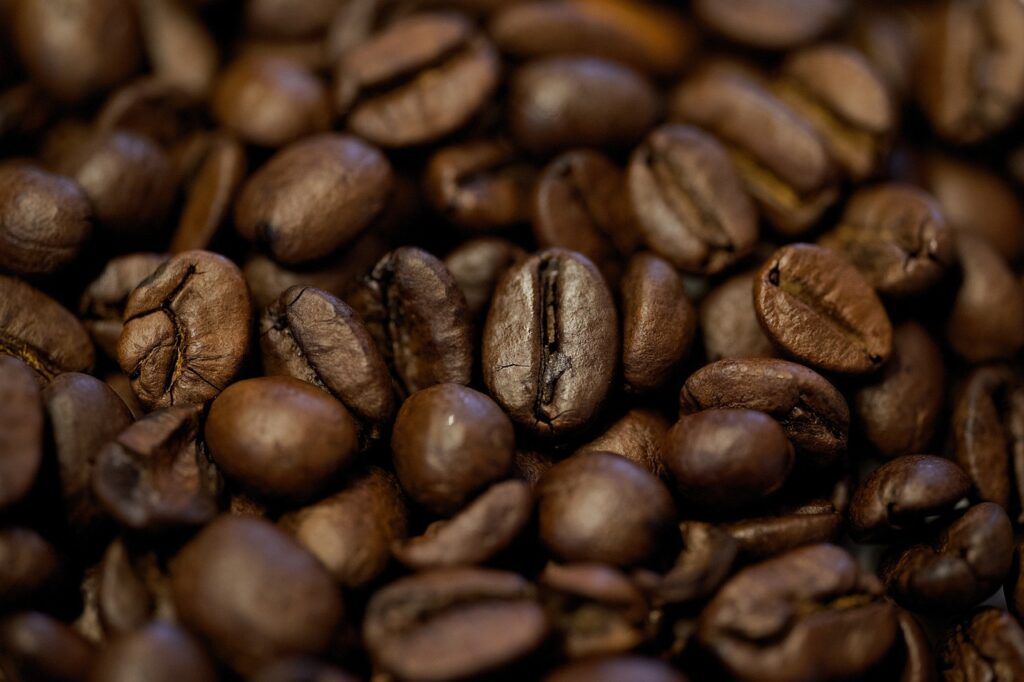
This image is property of pixabay.com.
Selection of Coffee Beans
When it comes to making the perfect cup of coffee, one of the most important factors to consider is the selection of coffee beans. Choosing the right beans can make a world of difference in the flavor and aroma of your coffee.
Choosing the Right Beans
When selecting coffee beans, it’s important to consider factors such as the origin, roast level, and flavor profile. The origin of the beans can greatly impact the taste of your coffee, as beans from different regions have distinct flavor characteristics. For example, beans from Ethiopia are known for their fruity and floral notes, while beans from Brazil tend to have a nutty and chocolatey flavor.
In addition to the origin, the roast level of the beans is also crucial. The roast level determines the depth of flavor and intensity of the coffee. Lighter roasts have a brighter and more acidic taste, while darker roasts yield a richer and more robust flavor. Experimenting with different roast levels can help you find the perfect balance for your taste preferences.
Lastly, consider the flavor profile of the beans. Different beans can have notes of caramel, citrus, chocolate, or even spices. It’s essential to choose beans with flavors that you enjoy and complement your preferred brewing method.
Roasting the Beans
Once you have selected your coffee beans, the next step is to roast them. Roasting coffee beans is an art form that requires precision and skill. It is during the roasting process that the flavors and aromas of the beans develop and intensify.
There are various roasting methods, ranging from light to dark roasts. Light roasts preserve the unique flavors of the beans, allowing the natural sweetness and acidity to shine through. Medium roasts strike a balance between the original flavors and the caramelization from the roasting process. Dark roasts result in bold and smoky flavors, but can sometimes mask the nuances of the beans.
Roasting coffee beans at home is becoming increasingly popular, as it allows for more control over the roasting process. Whether you choose to roast your own beans or buy them pre-roasted, make sure to pay attention to the roast level and experiment to find the perfect roast for your taste buds.
Grinding the Coffee
Once your beans have been roasted to perfection, the next step is to grind them. Grinding your coffee beans just before brewing ensures maximum freshness and flavor in your cup.
Selecting a Grinder
When it comes to coffee grinders, there are two main types: blade grinders and burr grinders. Blade grinders are more common and affordable, but they tend to produce uneven coffee grounds. This can result in uneven extraction and a less flavorful cup of coffee. Burr grinders, on the other hand, offer more precision and consistency in grind size, resulting in a better extraction and a more flavorful cup of coffee.
When choosing a grinder, it is important to consider the brewing method you will be using. Different brewing methods require different grind sizes, so it’s essential to choose a grinder that offers a wide range of grind settings.
Determining the Right Grind Size
The grind size of your coffee is crucial to the brewing process. A finer grind size, for example, is typically used for espresso machines, as it allows for a slower extraction and a more concentrated flavor. On the other hand, a coarser grind size is preferred for brewing methods such as French press, where a longer extraction time is desired.
Finding the right grind size may require some trial and error. It’s best to start with the recommended grind size for your chosen brewing method and then adjust accordingly based on the taste of your coffee. Remember, a finer grind size will result in a stronger cup of coffee, while a coarser grind size will produce a milder flavor.
Choosing a Brewing Method
Once you have roasted and ground your coffee beans, it’s time to choose a brewing method. There are several popular brewing methods, each with its own unique characteristics and flavor profiles.
Moka Pot
The Moka Pot is a classic Italian brewing method that produces a strong and concentrated coffee. It consists of three chambers – a bottom chamber for water, a middle chamber for ground coffee, and a top chamber for the brewed coffee. As the water heats up, it creates pressure that pushes the water through the coffee grounds and into the top chamber.
The Moka Pot is known for producing a rich and robust cup of coffee, similar to espresso. However, it’s important to note that the coffee brewed with a Moka Pot is not technically espresso, as it does not undergo the same pressurized extraction process. Nonetheless, it is a popular and accessible method for achieving a strong and flavorful cup of coffee at home.
Espresso Machine
If you’re a fan of rich and velvety espresso, an espresso machine is a must-have for your coffee brewing arsenal. Espresso machines use a high-pressure brewing process to extract the flavors and aromas from the coffee beans, resulting in a concentrated shot of coffee.
There are many types of espresso machines available, ranging from manual lever machines to fully automatic machines. Each type offers its own level of control and convenience. Manual lever machines require more skill and practice to master, but they allow for precise control over the extraction process. Automatic machines, on the other hand, offer convenience and consistency, making them a popular choice for coffee lovers.
When using an espresso machine, it is important to properly grind your coffee beans to achieve the right extraction. The espresso brewing process typically takes around 25 to 30 seconds, resulting in a small amount of highly concentrated coffee that can be enjoyed as is or used as a base for other coffee beverages.
Pour Over
Pour over brewing has gained popularity over the years due to its simplicity and the clarity of flavors it produces. This brewing method involves pouring hot water over coffee grounds placed in a filter, which then drips into a container below. The slow and controlled pouring allows for a more precise extraction and brings out the nuanced flavors of the coffee beans.
To brew coffee using the pour over method, you will need a dripper, paper filters, and a kettle for boiling water. The grind size for pour over coffee is typically medium-fine, allowing for a balance between extraction time and flavor.
Pour over brewing requires attention to detail, such as the pouring technique and the speed at which you add water. By mastering these aspects, you can achieve a well-balanced and flavorful cup of coffee.
French Press
The French Press, or press pot, is a simple and affordable brewing method that produces a full-bodied and flavorful cup of coffee. It consists of a cylindrical glass or stainless-steel container with a plunger and a filter.
To make coffee using a French Press, you need to add coarsely ground coffee to the container, pour hot water over the grounds, and let it steep for a few minutes. After the steeping time, press down the plunger to separate the coffee grounds from the brewed coffee.
French Press brewing allows for a longer contact time between water and coffee grounds, resulting in a more robust and aromatic cup of coffee. It’s important to note that due to the lack of paper filters, some sediment may be present in the final cup. This sediment can contribute to the coffee’s body and texture, but it may not be desirable for everyone.
Water Quality
While coffee beans play a significant role in the flavor of your coffee, it’s important not to overlook the quality of the water used for brewing. The water you use can greatly impact the taste and aroma of your coffee.
Importance of Water Quality
Water makes up the majority of your cup of coffee, so it’s crucial to use high-quality water for the best results. Poor-quality water, such as water with excessive minerals or impurities, can affect the extraction process and result in an off-flavored or bitter cup of coffee.
Using clean and fresh water is essential to ensure that the flavors of the coffee shine through. Additionally, water that is too hard or too soft can also affect the extraction process, leading to under-extraction or over-extraction of the coffee.
Filtered Water vs. Tap Water
When considering the water source for brewing coffee, there is often a debate between using filtered water versus tap water. Filtered water is generally recommended for brewing coffee, as it removes impurities and improves the overall taste and quality of the coffee. Filtered water can be achieved through various methods, such as using a faucet filter, a pitcher filter, or a standalone water filtration system.
On the other hand, tap water can also be used for brewing coffee, depending on the quality of your local water supply. If your tap water has a pleasant taste and odor, and falls within acceptable limits for hardness and impurities, it can be suitable for brewing coffee. However, if your tap water has a strong chlorine taste, high mineral content, or other noticeable impurities, using filtered water is recommended for the best coffee brewing experience.
It’s worth noting that using water that is too cold or too hot can also affect the extraction and result in a less-than-optimal cup of coffee. The ideal brewing temperature for most methods is between 195°F (90°C) and 205°F (96°C). However, different brewing methods may have slightly different temperature requirements, so it’s essential to adjust accordingly for the best results.
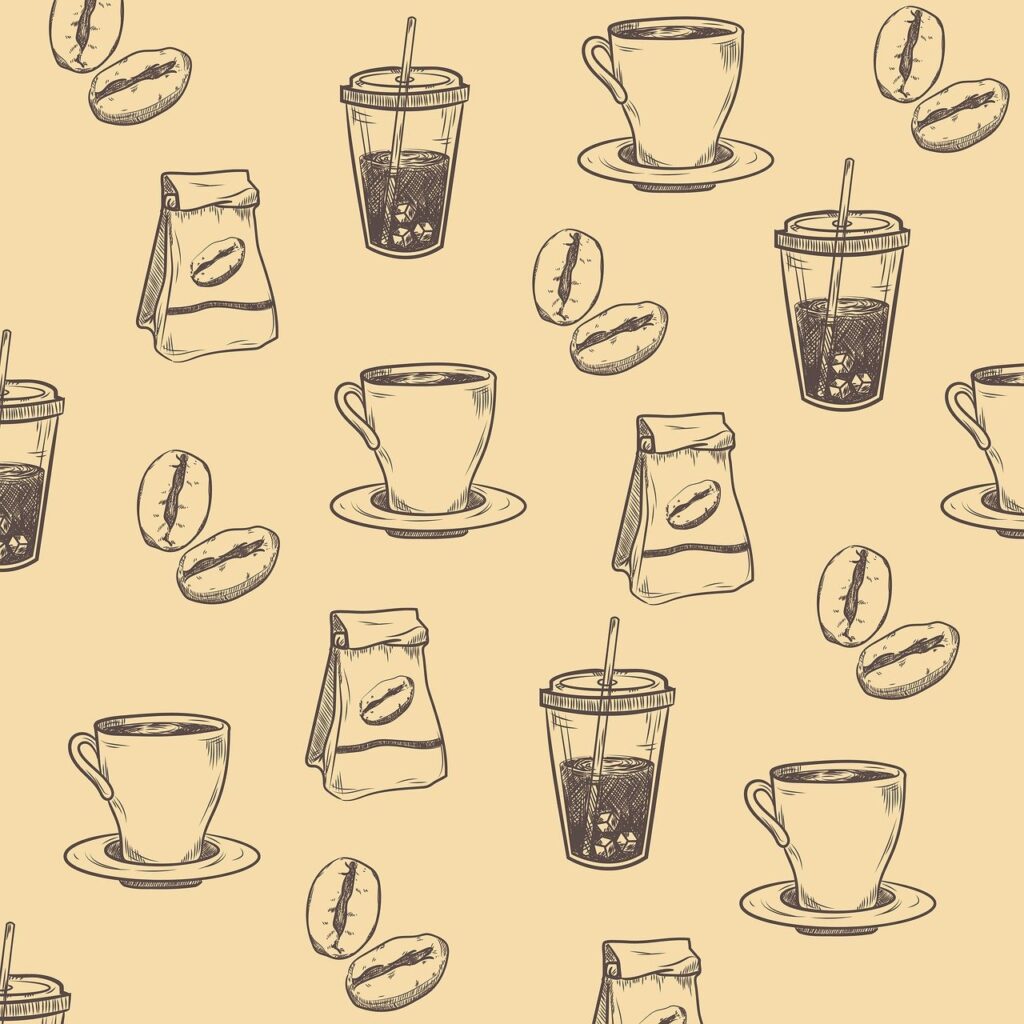
This image is property of pixabay.com.
Water-to-Coffee Ratio
The ratio of water to coffee is another important factor to consider when brewing coffee. Achieving the right water-to-coffee ratio can greatly impact the strength and flavor of your cup.
Understanding the Ratio
The water-to-coffee ratio refers to the amount of water used relative to the amount of coffee grounds. It is usually expressed as a ratio, such as 1:15 or 1:17, which represents one part coffee to a certain number of parts water.
The ideal water-to-coffee ratio can vary depending on personal preference and the brewing method used. A higher ratio, such as 1:15, will result in a stronger and more concentrated cup of coffee, while a lower ratio, such as 1:17, will yield a milder flavor.
Adjusting the Ratio According to Taste
Finding the perfect water-to-coffee ratio requires some experimentation and adjustments based on your taste preferences. If you find your coffee too strong or overpowering, you can increase the amount of water or decrease the amount of coffee grounds. Conversely, if your coffee tastes weak or lacks flavor, you can decrease the water or increase the amount of coffee grounds.
It’s important to note that the grind size of the coffee beans also plays a role in determining the water-to-coffee ratio. Finer grinds require less brewing time and may require a higher water-to-coffee ratio, while coarser grinds require a longer brewing time and may require a lower ratio.
Finding the right water-to-coffee ratio that suits your taste buds may take some trial and error, but once you find the sweet spot, you’ll be able to consistently brew your perfect cup of coffee.
Brewing Temperature
The temperature at which you brew your coffee plays a crucial role in the extraction process, as different compounds in the coffee beans are solubilized at different temperatures. Brewing coffee within the ideal temperature range can help achieve a well-extracted and flavorsome cup.
Ideal Temperature Range
The ideal brewing temperature for most coffee brewing methods falls between 195°F (90°C) and 205°F (96°C). At this range, the water is hot enough to extract the desirable compounds from the coffee beans without scorching or over-extracting them.
Brewing at a lower temperature can result in under-extraction, yielding a weak and sour cup of coffee. Conversely, brewing at a higher temperature can lead to over-extraction, producing a bitter and harsh taste.
Controlling the Temperature
Controlling the brewing temperature can be done through various means, depending on the brewing method used. For methods such as pour over and French press, starting with water at the ideal temperature and maintaining it throughout the brewing process can be achieved by boiling water and allowing it to cool for a short period of time before pouring.
For espresso machines, most models have built-in temperature controls to ensure that the water is heated to the optimal range consistently. These machines often also have features that allow for temperature adjustments, depending on the specific roast or blend of coffee being used.
Regardless of the brewing method, it’s important to monitor and control the brewing temperature to achieve the best possible flavor and extraction from your coffee beans.
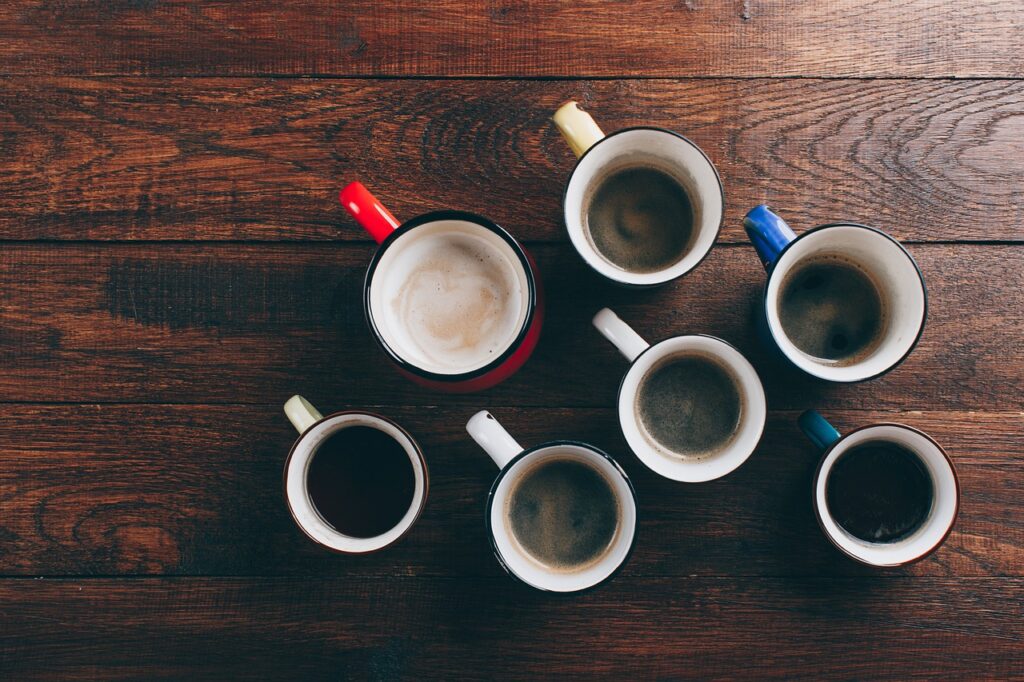
This image is property of pixabay.com.
Brewing Time
The brewing time refers to the duration for which the water and coffee grounds are in contact during the brewing process. It plays a significant role in determining the strength and flavor of your cup of coffee.
Determining the Brewing Time
The optimal brewing time can vary depending on the brewing method used and personal taste preferences. As a general guideline, most brewing methods aim for a brewing time between 2 and 4 minutes. However, specific methods such as espresso require much shorter brewing times, typically around 25 to 30 seconds.
To determine the brewing time for your preferred method, it’s best to follow the recommendations provided with your brewing equipment or start with a recommended brewing time and adjust based on taste preferences.
Avoiding Over-Extraction or Under-Extraction
Finding the right balance of brewing time is crucial for avoiding over-extraction or under-extraction. Over-extraction occurs when the coffee is brewed for too long, resulting in a bitter and unpleasant taste. On the other hand, under-extraction happens when the coffee is brewed for too short a period, leading to a weak and sour cup of coffee.
To achieve a well-extracted cup of coffee, it’s important to monitor the brewing time closely and make adjustments based on taste. If your coffee tastes bitter or too strong, try reducing the brewing time slightly. If it tastes weak or lacks flavor, try increasing the brewing time. Remember, finding the perfect brewing time may require some experimentation, but it’s worth it to achieve the best flavor.
Preheating the Equipment
Preheating your brewing equipment is an often-overlooked step in the coffee brewing process, but it can greatly impact the temperature stability and extraction of your coffee.
Why Preheating is Important
Preheating your equipment ensures that the water temperature remains stable throughout the brewing process, allowing for better extraction and flavor development. By preheating, you eliminate any initial temperature drops when hot water comes into contact with a cold brewing vessel. This is especially important for methods such as pour-over, espresso, and Moka pot, where temperature consistency is crucial.
In addition to temperature stability, preheating also helps to maintain the cleanliness of your brewing equipment. Heating the equipment can prevent any residual moisture or odors from affecting the taste of your coffee.
Methods of Preheating
The methods of preheating can vary depending on the brewing equipment used. For pour-over brewing, preheating involves rinsing the dripper and filter with hot water to warm them up. This not only helps to preheat the equipment but also removes any paper flavors from the filter.
For espresso machines and Moka pots, preheating involves running hot water through the machine or pot before brewing. This ensures that the brewing chamber and components are at the optimal temperature for extraction.
Regardless of the method, preheating your equipment is a simple yet effective step that can greatly enhance the flavor and quality of your coffee.
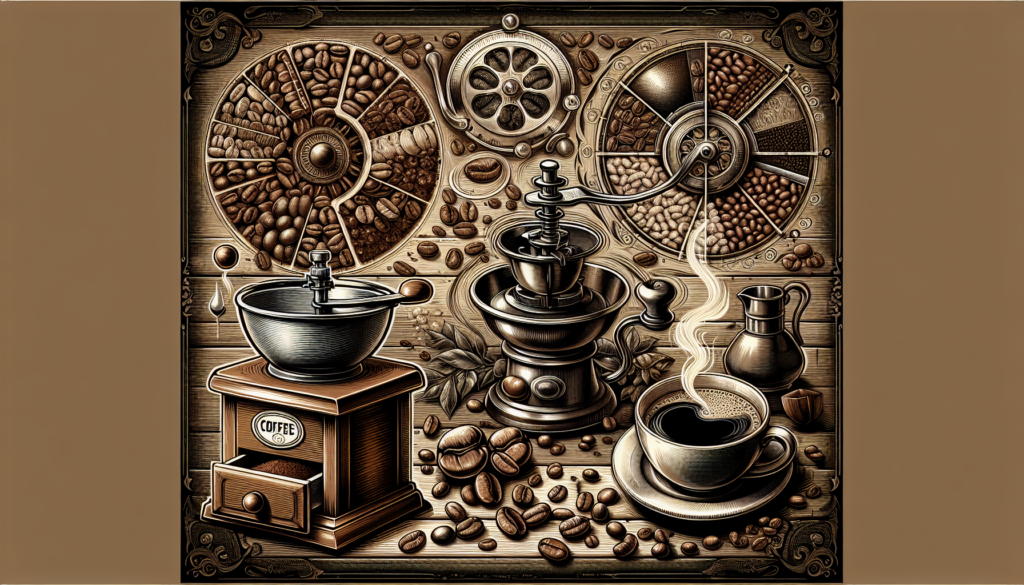
Pouring Technique
Mastering the pouring technique is essential for achieving an even extraction and a well-balanced cup of coffee. The way you pour the water over the coffee grounds can greatly impact the taste and quality of your brew.
Slow and Controlled Pouring
When pouring water over the coffee grounds, it’s important to maintain a slow and controlled pour. This allows for a more even extraction, as it ensures that all the grounds are saturated with water at a consistent rate.
Pouring too quickly can lead to uneven extraction, as some grounds may be over-extracted while others are under-extracted. This can result in a cup of coffee that tastes imbalanced and lacks complexity.
By pouring slowly and evenly, you give the water enough time to interact with the coffee grounds and extract the desired flavors. This technique is particularly important for brewing methods such as pour over and French press, where the water is in direct contact with the coffee grounds.
Circular Motion for Even Extraction
To further enhance the extraction process, it’s beneficial to pour in a circular motion. This helps to ensure that all the coffee grounds are evenly saturated, promoting a uniform extraction and a well-balanced flavor profile.
When pouring in a circular motion, start from the center and gradually work your way outward, making sure to cover all the grounds. This technique helps to prevent channeling, which occurs when water finds the path of least resistance and extracts some areas more than others.
By mastering the pouring technique, you can optimize the extraction process and achieve a consistently delicious cup of coffee.
Cleanliness and Maintenance
Proper cleanliness and maintenance of your coffee equipment are essential for ensuring the quality and longevity of your brew. Regular cleaning and proper storage of coffee and brewing equipment are key to a great cup of coffee.
Regular Cleaning of Equipment
Cleaning your brewing equipment after each use is crucial to prevent the buildup of coffee oils, residue, and bacteria. Neglecting to clean your equipment can lead to off flavors and even mold growth.
For most brewing methods, cleaning involves rinsing with warm water and mild detergent, followed by thorough rinsing to remove any soap residue. Be sure to pay extra attention to any removable parts, such as the filter baskets and brew heads. Depending on the specific equipment, there may be additional cleaning instructions, so it’s important to refer to the manufacturer’s guidelines.
In addition to regular cleaning, descaling your equipment periodically is important for removing mineral buildup caused by hard water. Descaling products can be purchased or homemade solutions can be used, such as a mixture of vinegar and water. Again, refer to the manufacturer’s instructions for the proper descaling process for your specific equipment.
Proper Storage of Coffee
To maintain the freshness and flavor of your coffee beans, it’s important to store them properly. Exposure to air, light, and moisture can all degrade the quality of your coffee.
Ideally, coffee should be stored in an airtight container in a cool and dark place. Avoid storing it in the refrigerator or freezer, as moisture can seep in when the container is opened and then condense when it’s returned to room temperature. This can result in the coffee losing its flavor and developing off flavors from absorbing other food odors.
It’s also important to note that coffee beans are best when freshly roasted. While they can be stored for several weeks after roasting, they gradually lose their freshness and flavor over time. For the best-tasting coffee, it’s recommended to purchase whole bean coffee and grind it just before brewing.
By maintaining cleanliness and practicing proper storage techniques, you can ensure that your coffee brewing equipment and beans remain in optimal condition, resulting in the best possible cup of coffee.
